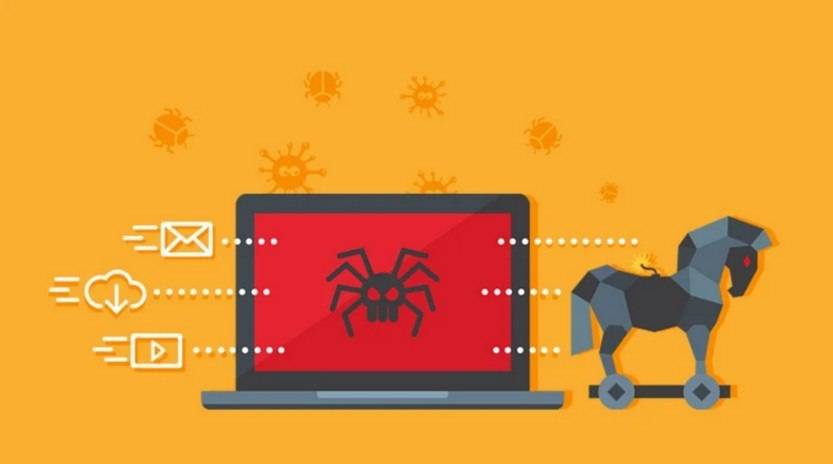Scams and phishing attempts have become increasingly prevalent in the digital age, targeting unsuspecting individuals and organizations. One such scam that has gained significant attention is the ‘Billing Accounts Being Misused’ Apple ID phishing scam. This article aims to provide a comprehensive overview of this scam, including what it is, how it works, what to do if you have fallen victim, technical details, and relevant statistics.

What is the ‘Billing Accounts Being Misused’ Apple ID Phishing Scam?
The ‘Billing Accounts Being Misused’ Apple ID phishing scam is a fraudulent scheme that aims to deceive Apple users into providing their personal and financial information. Scammers send out emails or text messages that appear to be from Apple, warning users about unauthorized charges made to their Apple ID or billing accounts. The messages often include alarming statements, such as account suspension or termination if immediate action is not taken.
These phishing attempts are designed to trick users into clicking on a link provided in the message, which leads to a fake Apple website. The website closely resembles the legitimate Apple website, making it difficult for users to distinguish between the two. Once on the fake website, users are prompted to enter their Apple ID credentials, including their username and password.
How Does the Scam Work?
Once users enter their Apple ID credentials on the fake website, scammers gain access to their accounts. This allows them to steal personal and financial information, such as credit card details, addresses, and contact information. With this information, scammers can carry out various fraudulent activities, including making unauthorized purchases, identity theft, and even selling the stolen information on the dark web.
It is important to note that scammers often employ sophisticated techniques to make their phishing attempts appear legitimate. They may use official Apple logos, email addresses that resemble Apple’s official email addresses, and even SSL certificates to create a sense of trust and authenticity. These tactics make it challenging for users to identify the scam and protect themselves.
What to Do If You Have Fallen Victim?
If you have fallen victim to the ‘Billing Accounts Being Misused’ Apple ID phishing scam, it is crucial to take immediate action to minimize the potential damage. Here are the steps you should follow:
- Change your Apple ID password: Go to the official Apple website and change your password immediately. This will prevent scammers from accessing your account further.
- Review your account activity: Check your account for any unauthorized purchases or changes. If you notice any suspicious activity, report it to Apple and your financial institution.
- Contact Apple Support: Reach out to Apple Support to report the scam and seek guidance on further steps to secure your account.
- Scan your device for malware: Use a reputable antivirus software, such as Malwarebytes Free, to scan your device for any malware or viruses that may have been installed by the scammers.
- Monitor your accounts: Keep a close eye on your financial accounts and credit reports for any unusual activity. If you notice anything suspicious, report it immediately.
Technical Details of the Scam
The ‘Billing Accounts Being Misused’ Apple ID phishing scam primarily relies on social engineering techniques to deceive users. However, there are some technical aspects worth mentioning:
- Domain Spoofing: Scammers often use domain spoofing techniques to make their fake websites appear legitimate. They may use similar domain names or subdomains that closely resemble the official Apple website.
- SSL Certificates: To further enhance the illusion of legitimacy, scammers may obtain SSL certificates for their fake websites. These certificates create a secure connection between the user’s browser and the website, indicated by the padlock symbol in the browser’s address bar.
- Phishing Kits: Scammers often utilize phishing kits, which are pre-packaged sets of files and scripts, to create convincing fake websites. These kits contain all the necessary elements, such as HTML files, CSS stylesheets, and JavaScript, to replicate the appearance and functionality of the targeted website.
Statistics on Apple ID Phishing Scams
Apple ID phishing scams have become a significant concern for both Apple and its users. Here are some statistics that highlight the scale of the issue:
- In 2020, Apple reported that it detected and blocked over 1 million phishing attempts targeting its users.
- A study conducted by cybersecurity firm Lookout found that Apple ID phishing attacks increased by 400% between 2015 and 2019.
- According to the Anti-Phishing Working Group (APWG), Apple was the most targeted brand for phishing attacks in the first quarter of 2021.
Summary
The ‘Billing Accounts Being Misused’ Apple ID phishing scam is a deceptive scheme that aims to trick Apple users into providing their personal and financial information. Scammers send out fraudulent emails or text messages, leading users to fake Apple websites where they unknowingly disclose their Apple ID credentials. To protect yourself from falling victim to this scam, it is crucial to remain vigilant, verify the authenticity of any communication claiming to be from Apple, and follow the necessary steps to secure your account if you have been targeted. By staying informed and taking proactive measures, you can safeguard your personal information and avoid becoming a victim of phishing scams.










